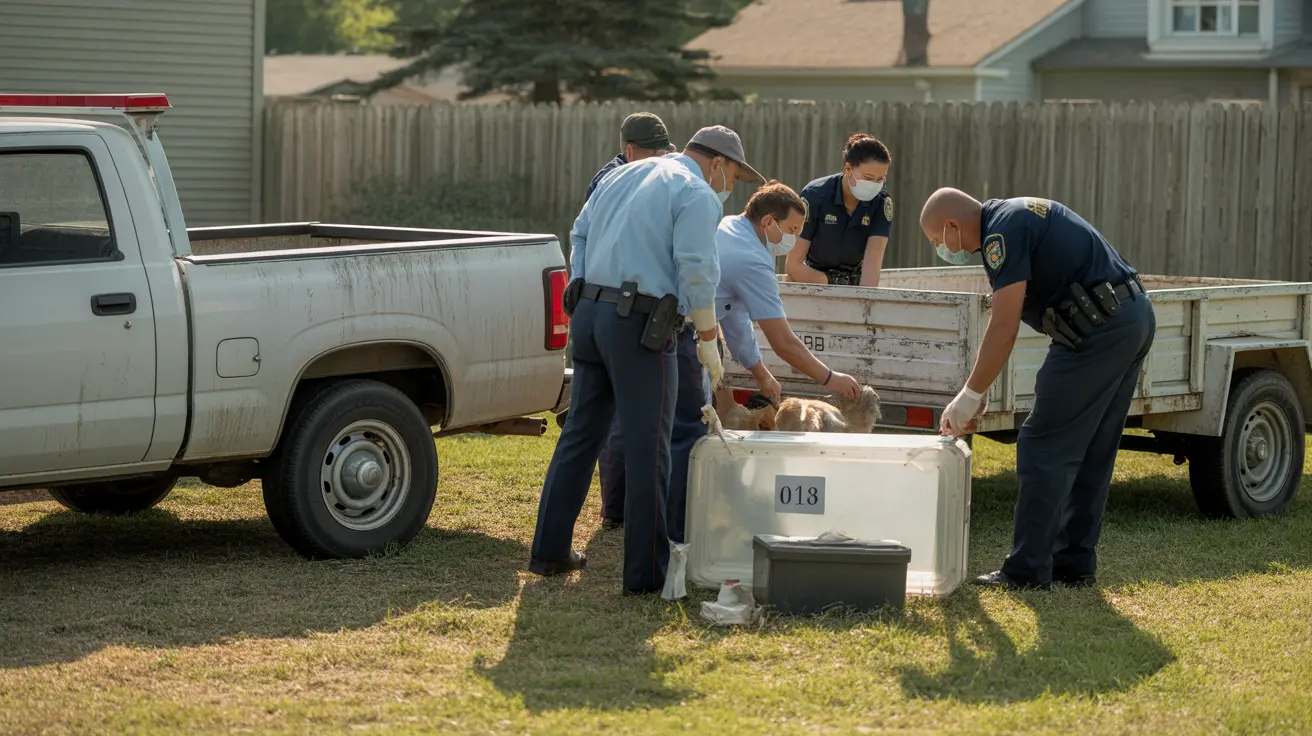Is It Traumatic for Dogs to Fly in Cargo?
Flying with pets, especially dogs, requires substantial planning and awareness to ensure their safety and comfort. One of the most contentious topics in pet travel is the use of cargo holds on airplanes. Many pet owners wonder, “Is it traumatic for dogs to fly in cargo?” Based on verified information and expert opinions, it’s clear that there are real risks associated with this practice.
Why Cargo Travel Can Be Traumatic for Dogs
Dogs flying in cargo are separated from their owners and endure stressful conditions. Below are key factors that contribute to this trauma:
- Temperature Extremes: Cargo holds are not always climate-controlled. Dogs may be exposed to very cold or extremely hot conditions, depending on the season and destination.
- Poor Ventilation: Unlike the passenger cabin, cargo areas may suffer from inadequate air circulation, which can be dangerous, especially for breeds with respiratory issues.
- Noise and Turbulence: The confined and noisy environment of cargo holds can be terrifying, causing significant anxiety for dogs.
- Handling Risks: Improper handling by airport personnel can lead to injury or increased stress, particularly if the animal carrier is shaken or mishandled.
High-Risk Dog Breeds and Situations
Certain dogs face higher risks when flown in cargo:
- Brachycephalic breeds (e.g., Bulldogs, Pugs) are prone to breathing difficulties and should never be placed in cargo.
- Senior dogs or those with medical conditions may not cope well with the stress.
- Unacclimated pets that have not been trained or introduced to travel carriers may react with fear and panic.
Alternatives and Best Practices
If flying with your dog is unavoidable, consider the following:
- Cabin Travel: Whenever possible, choose airlines that allow small dogs to travel in the cabin.
- Direct Flights: Minimize travel time and risk by selecting direct flights.
- Notify Airline Staff: Always inform the airline that you are transporting a pet in cargo to ensure they are aware and can make accommodations.
- Pre-Flight Preparation: Introduce your dog to the carrier well in advance of the flight to reduce stress and increase familiarity.
- Vet Consultation: Schedule a vet checkup to ensure your dog is healthy enough to travel and to discuss possible anxiety-reducing medications.
- Avoid Extreme Conditions: Do not travel during peak temperature periods to reduce exposure to heat or cold.
What You Should Bring
Proper preparation can help mitigate the risks of cargo travel:
- Secure Carrier: Choose an airline-approved crate that is well-ventilated and sturdy. Label it clearly with contact information.
- Medical Records: Carry updated vaccination certificates and health records in your carry-on.
- Identification: Ensure your dog has an ID tag and microchip with current contact information.
- Comfort Items: Include your dog’s favorite blanket or toy inside the crate to offer familiarity and comfort.
When Cargo Travel Is Necessary
Although not ideal, cargo travel may be necessary during relocation or international travel. In such cases, prioritize choosing reputable airlines and thoroughly investigate their pet policies. Look for carriers with good safety records and transparency in pet handling procedures.
Final Recommendations
To minimize the trauma associated with cargo travel for dogs, consider these expert tips:
- Train your dog to handle separation and crate confinement over time.
- Travel during off-peak hours to reduce wait times and transitions.
- Communicate with your airline well ahead of your flight to clarify requirements and expectations.
- Pack smart — ensure you have everything your dog needs for the entire journey.
Your dog’s safety and emotional well-being must be a priority when planning air travel. If cargo is the only feasible option, taking the right steps can greatly reduce the risks and help make the experience as safe as possible.





